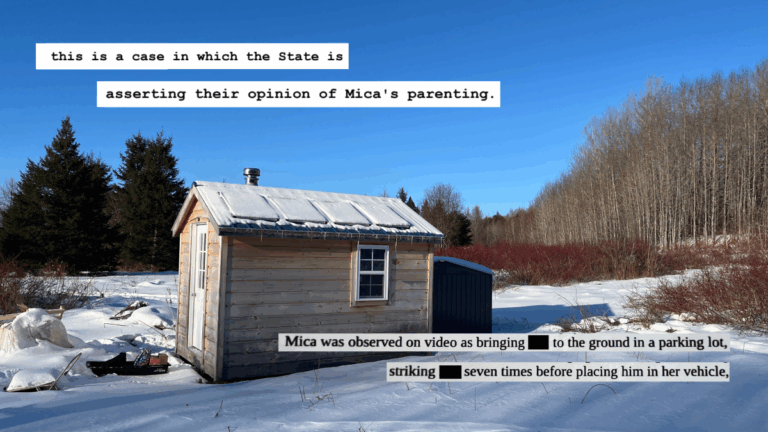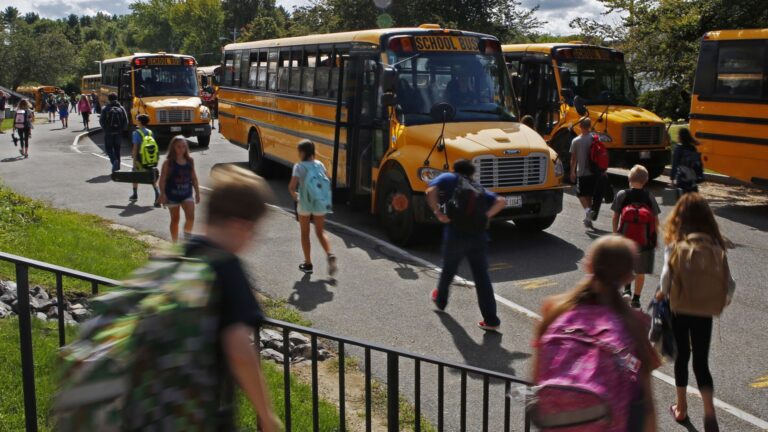The balance of deposits in Maine’s financial institutions is roughly $45 billion. That figure raises an obvious question to experts in socially responsible investing like Scott Budde, who runs Maine Harvest Federal Credit Union: “Why do we have financing gaps anywhere?”
Shouldn’t more of those deposits be put to work meeting Maine’s unmet needs – from climate adaptation and food security to weatherization and affordable housing? Why aren’t they?
The concept of choosing investments with an eye toward their social and environmental responsibility has been around for decades, and the term “impact investing” has come to define the dual goal Ben Franklin famously articulated to “do well by doing good.”
Impact investing options abound – in Maine and beyond – for “accredited investors,” those who have a net worth that exceeds $1 million (excluding their primary residence) or who earned more than $200,000 in each of the previous two years. But those high-earners represent fewer than 5 percent of Maine households. What opportunities are there for the vast majority of non-accredited (known as “retail”) investors?
Becoming Impact Investors
The first step to becoming an impact investor is to “identify as an investor – even if all you have is a checking account,” said Christen Graham, president of the social impact consulting firm, Giving Strong. Your deposits, however modest, can potentially be a force for good.
Then consider where you want your funds to have an impact, both in terms of geography and societal concerns. If your focus is Maine, options shrink markedly. For retail investors, “there are very few opportunities and they’re not well-advertised,” Graham cautions, so DIY impact investing in Maine “is a real challenge.”
Before allocating any savings toward impact investing, weigh – potentially with a financial advisor – how much is prudent to allocate and what level of risk you can tolerate. (And the customary caveat applies — don’t take the words of a journalist exploring a complex investing topic as financial advice.)
Banking at scale
One potential benefit to more localized investing is it keeps your deposits from supporting industries you may consider harmful — such as fossil fuels, nuclear weapons or tobacco. Placing your bank accounts in a local credit union or community bank helps minimize that risk and directs your savings toward fueling Maine’s economy.
Local financial institutions typically confine their lending – such as business financing, construction loans and consumer loans – to communities they serve. Since Maine has no fossil fuel production or tobacco manufacturing, and since all commercial and most mutually owned banks are prohibited from holding equities, your assets are not likely to be funding those problematic industries.
If you bank with a national firm – like JPMorgan Chase, Bank of America, Citi or Wells Fargo, your deposits are far more likely to fuel the climate crisis, according to writer and activist Bill McKibben. Chase, for example, loaned $196 billion to the fossil fuel industry between 2017 and 2019.
Lending for Good
Non-accredited investors can put funds into some Community Development Finance Institutions (CDFIs), mission-based organizations that typically lend to underserved populations. Maine has seven CDFIs, but not all are open to retail investors. Coastal Enterprises, Inc., for example, only works with accredited investors. Four Directions Development Corporation, which serves tribal communities, relies on federal funds and donations, not individual investors.
New Hampshire and Vermont both have nonprofit community loan funds that support residents with limited access to credit through loans, and technical assistance for housing, local food enterprises, small business and the provision of child care. Maine’s equivalent, Genesis Community Loan Fund, has a narrower mission – lending money from a pooled capital fund on “flexible and favorable terms” for affordable housing and community facilities in underserved areas.
Money invested in these community loan funds is not FDIC-insured. But all three funds have a 100 percent repayment record over decades of operation, and they report on their performance to the Federal Treasury and an independent organization, Aeris. Investors can choose commitments from one to 10 years, with longer periods offering higher interest rates.
“Investors tend to stay with us,” said Liza Fleming-Ives, executive director of Genesis, which has a renewal rate over 98 percent. But “demand for loans is growing so rapidly,” she added, that “we’re seeking to make connections with individuals and institutions” interested in investing.
Genesis does not require that the projects it supports be energy efficient or use renewable power, she noted, but several lending partners like the Maine State Housing Authority are now encouraging those practices. It’s “a conversation we’re having” on every project now, she said, recognizing “the greater efficiency and cost savings of that up-front investment.”
Knowing just where your money goes
For lenders who prefer FDIC insurance, Maine has an option no other state offers – a federally regulated credit union lending to local farmers and food producers. Depositors with a savings account or CD at Maine Harvest Federal Credit Union know their funds go directly toward building Maine’s local food system.
The credit union offers potential depositors a simple interface, but Budde, its CEO, is quick to acknowledge that establishing a highly regulated institution focused on a specific type of high-impact lending is anything but simple; the process took more than six years.
At the other end of the risk spectrum, some people choose to invest directly in start-ups or expanding initiatives – through crowdfunding sites like WeFunder, personal contacts, networks like Slow Money Maine or investment clubs like Maine Organic Lenders. Local lenders have made many successful loans offering below-market interest rates with a low incidence of defaults. But given the risk of small-business startups, particularly in the food sector, such loans should be made only by those prepared to lose their principal, experts caution.
Growing local investing
Place-based lending is a natural fit in Maine. “We feel very fortunate to be doing this work in Maine,” Fleming-Ives adds, because “people are looking for creative solutions in their communities.”
A clearinghouse of investing options would be a good place to start, making it easier for prospective retail investors to find initiatives that fit their criteria. To generate more investing opportunities, a study group of community finance experts could identify needs and make recommendations on how to put more of our collective savings to work for the greater good.
Maine already has many local financial institutions, strong interest in impact investing and worthy enterprises in need of capital. Now we just need to grow our capacity to invest in place.







